The Healthy Weight-loss North Indian 3 course meal
Includes nutrition and qualified personal training modules
Learn how to lose weight and how to cook tasty, nutritious, delicious food that you will actually want to eat.
On this course you will learn how to cook healthy, authentic North Indian food from Pure Punjabi mother and daughter team, Surinder and Safia. (Surinder is a personal trainer & life coach with 17 years experience).
In addition, this course has a personal training element. Surinder will teach you the basics of food and nutrition and how to eat well and also lose weight.
This is not the greasy takeaway food that you might be used to, but the food that we eat at home. Our food is super healthy and packed with the nutritional benefits that come from eating pulses, spices and plenty of vegetables.
You will learn how to make healthy Punjabi food, completely from scratch, using only traditional methods and being taught in the style that Punjabi mothers teach their daughters.
You will be given access to all the information that is normally only found inside the homes of Indian families and you will learn, step-by-step, how to make a full 3-course weight-loss Punjabi meal from start to finish.
This course includes:
Upon enrollment, you will be sent a starter pack of spices, which contains each of the spices you will need on this course, with enough of spice to make each of the dishes once through.
Please note: all students that enroll within the UK will have their starter pack sent via 1st Class post
International students will have their starter packs sent via airmail
(orders will be dispatched the same working day as enrollment - subject to local time differences, as well opening and closing times of postal centres. Starter packs may be subject to local customs charges and/or taxes.)
All the images featured below are taken directly from your course material and video footage.
Chapter 1
Your welcome guide: 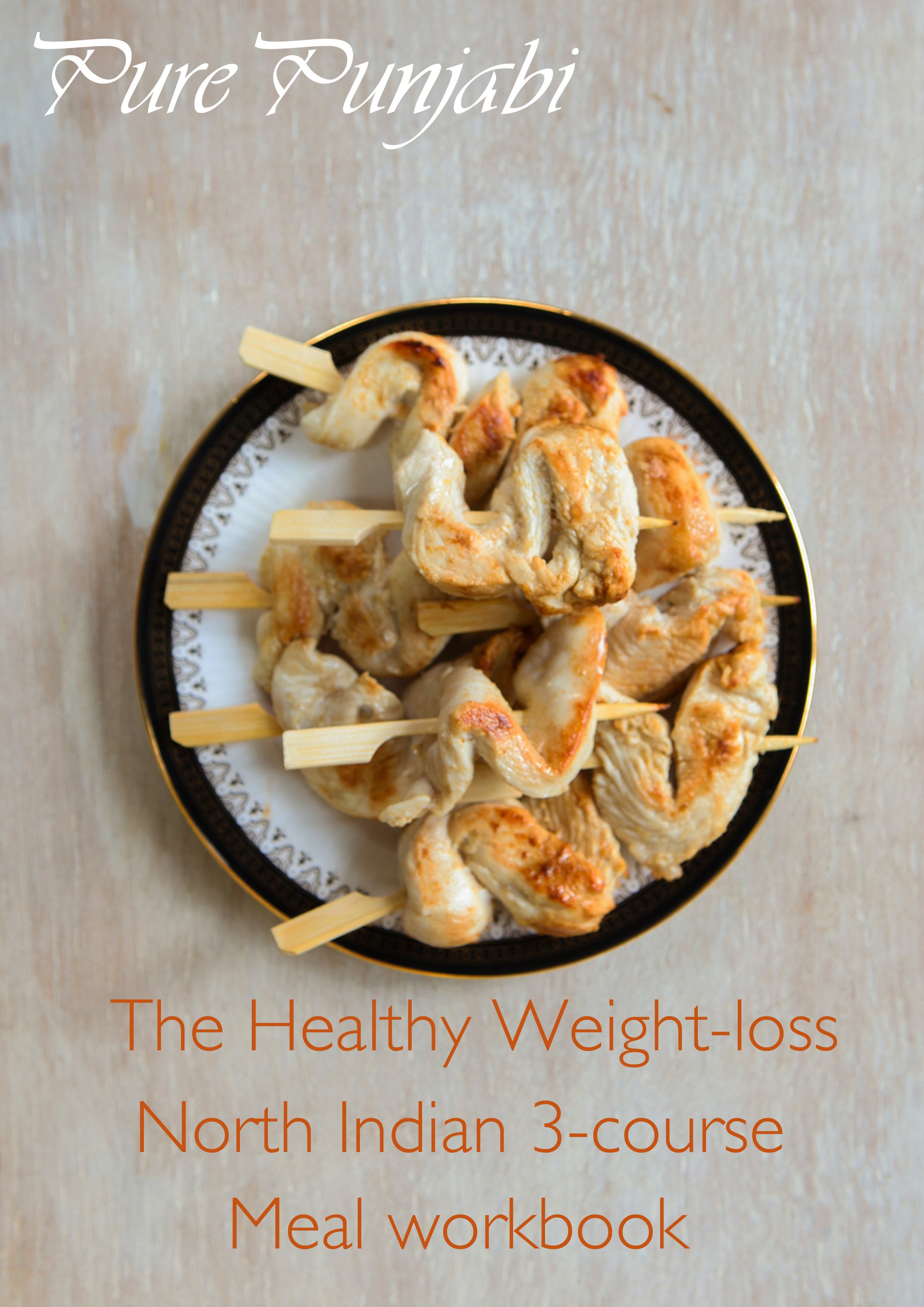
The details covered in this 39 paged guide have been put together especially for you to included a range of cultural, historical and food hygiene information which are all essential in order for you to put the dishes that you will learn into context...
- What Punjabi food actually is, the geography and history of the region, ingredients commonly used that are specific to that area
- Punjabi customs around food and feeding those in need
- The critical information you need to know about spices, how to store them, how you should handle them, spices that you need in your spice collection
- Food hygiene information and videos
- A complete shopping list that you will need for the entire course (so that you have the option of cooking all of the dishes in one day, which is how we teach this course when we teach small groups in our home. Note that you also have individual shopping lists for each dish, which are in the relevant chapters for each dish)
- Equipment lists for each dish (no specialist equipment is required as there is always an alternative for any items that are specific to a certain dish)
- We have given you the system that we use when we want to ensure that every element of our meal is ready at the perfect time when we catering for a crowd (there is also an additional document included for this section, which can be found as an attachment in chapter 1)
- How to incorporate Punjabi food into your lifestyle
- How to introduce Indian food to children
- Information on food allergies and intolerances (there is also an additional document included for this section, which can be found as an attachment in chapter 1)
Chapters 3 - 8 contain 4 elements within each chapter.
Chapter 2
Chapter 2 contains all of your nutrition information, including:
Information telling you what you should eat, understanding food groups and the food pyramid, learning about minerals, as well as how to analyse the food you eat and structured guidance on how to go about writing your own food diary.
Chapter 3
Lamb kebabs
1. Your ingredients and equipment list specifically for Lamb kebabs.
2. The video tuition teaching you how to make authentic Lamb kebabs...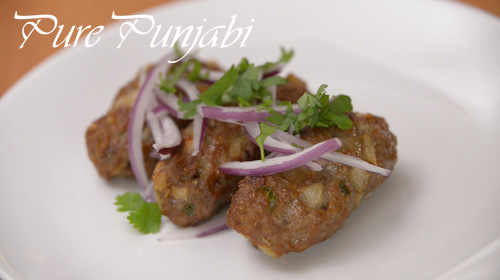
3. A quiz, to test that you have grasped the key concepts needed for you to make Lamb kebabs. This quiz is not here to put a dampener on your fun! It is to make sure that you have noted all of the factors that are important to making sure that the Lamb kebabs turn out exactly as they should - these are all the things that we emphasis to our students when we teach them, and want to make sure that you too have these aspects highlighted. If you aren't sure about some of the answers, just watch the video again - as many times as you like.
4. A key points sheet for you to reference when making the Lamb kebabs again, if you don't want to/aren't able to access the video (say if you don't have any internet or 3G/4G connection)
Chapter 4
Masoor di Dhal: red split lentils
1. Your ingredients and equipment list specifically for Masoor di Dhal.
2. The video tuition teaching you how to make authentic Masoor di Dhal (red split lentils), as you would find in Punjabi homes...
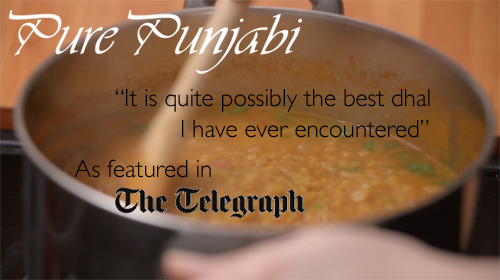
3. A quiz, to test that you have grasped the key concepts needed for you to make Masoor di Dhal. This quiz is not here to put a dampener on your fun! It is to make sure that you have noted all of the factors that are important to making sure that the Dhal turns out exactly as it should - these are all the things that we emphasis to our students when we teach this dish, and want to make sure that you too have these aspects highlighted. If you aren't sure about some of the answers, just watch the video again - as many times as you like.
4. A key points sheet for you to reference when making the Dhal again, if you don't want to/aren't able to access the video (say if you don't have any internet or 3G/4G connection)
Chapter 5
Keema: Minced lamb with peas
1. Your ingredients and equipment list specifically for Keema.
2. The video tuition teaching you how to make authentic Keema (minced lamb with peas), as you would find in Punjabi homes...
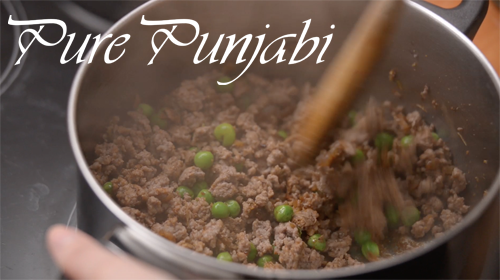
3. A quiz, to test that you have grasped the key concepts needed for you to make Keema. This quiz is not here to put a dampener on your fun! It is to make sure that you have noted all of the factors that are important to making sure that the Keema turns out exactly as it should - these are all the things that we emphasis to our students when we teach this dish, and want to make sure that you too have these aspects highlighted. If you aren't sure about some of the answers, just watch the video again - as many times as you like.
4. A key points sheet for you to reference when making the Keema again, if you don't want to/aren't able to access the video (say if you don't have any internet or 3G/4G connection)
Chapter 6
Saag: mustard leaves1. Your ingredients and equipment list specifically for Saag
2. The video tuition teaching you how to make Saag, steo-by-step, completely from scratch...
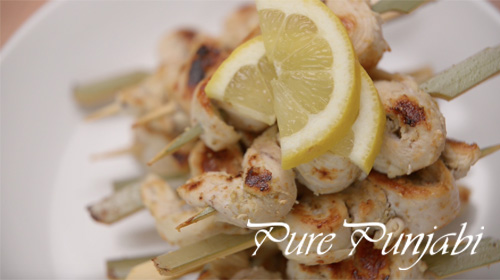
3. A quiz, to test that you have grasped the key concepts needed for you to make Saag. This quiz is not here to put a dampener on your fun! It is to make sure that you have noted all of the factors that are important to making sure that Saag turns out exactly as it should - these are all the things that we emphasis to our students when we teach this dish, and want to make sure that you too have these aspects highlighted. If you aren't sure about some of the answers, just watch the video again - as many times as you like.
4. A key points sheet for you to reference when making Saag again, if you don't want to/aren't able to access the video (say if you don't have any internet or 3G/4G connection)
Chapter 7
Aloo gobi: potato & cauliflower
1. Your ingredients and equipment list specifically for Aloo gobi.
2. The video tuition teaching you how to make authentic Aloo gobi (potato & cauliflower), as you would find in Punjabi homes...
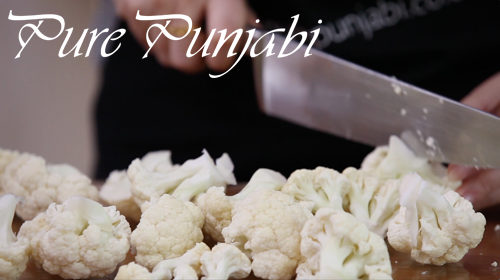
3. A quiz, to test that you have grasped the key concepts needed for you to make Aloo gobi. This quiz is not here to put a dampener on your fun! It is to make sure that you have noted all of the factors that are important to making sure that the Aloo gobi turns out exactly as it should - these are all the things that we emphasis to our students when we teach this dish, and want to make sure that you too have these aspects highlighted. If you aren't sure about some of the answers, just watch the video again - as many times as you like.
4. A key points sheet for you to reference when making the Aloo gobi again, if you don't want to/aren't able to access the video (say if you don't have any internet or 3G/4G connection)
Chapter 8
Mango lassi: mango pudding drink
1. Your ingredients and equipment list specifically for Mango lassi.
2. The video tuition teaching you how to make authentic Mango lassi, as you would find in Punjabi homes...
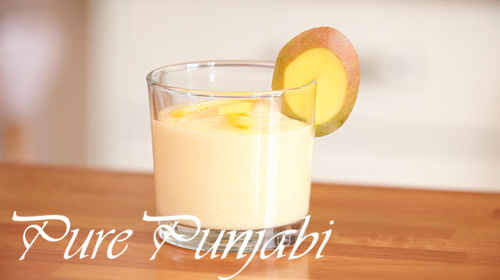
3. A quiz, to test that you have grasped the key concepts needed for you to make Mango lassi. This quiz is not here to put a dampener on your fun! It is to make sure that you have noted all of the factors that are important to making sure that the Mango lassi turns out exactly as it should - these are all the things that we emphasis to our students when we teach this pudding, and want to make sure that you too have these aspects highlighted. If you aren't sure about some of the answers, just watch the video again - as many times as you like
4. A key points sheet for you to reference when making the Mango lassi again, if you don't want to/aren't able to access the video (say if you don't have any internet or 3G/4G connection)
End of course content
Further information:
You will have access to the content on this course for one year, from the time of enrollment.
When you enroll you will be sent a spice starter kit.
You will also be sent your student discount code (Pure Punjabi Online Cookery School student receive a 10% discount off spices products on www.purepunjabi.co.uk during their year of study)
Surinder & Safia Hothi-Bellamy
Welcome and introduction to Punjabi food
Planning cooking timings
Information on the 14 food allergens
Printable master shopping list
What should I eat?
Understanding food groups
The food pyramid
Minerals
Analysing what you eat & your food diary
Printable food diary grid
Printable ingredients and equipment list for Lamb kebabs
How to make lamb kebabs
Quiz - key points to know for making Lamb kebabs like a Punjabi
Printable key points for making Lamb kebabs
Printable ingredients and equipment list for Masoor di Dhal
How to make Masoor di Dhal (red lentil dhal)
Quiz - key points to know for making Dhal like a Punjabi
Printable key points for making Masoor di Dhal
Printable ingredients and equipment list for Keema
How to make Keema (Punjabi minced lamb)
Quiz - key points to know for making Keema like a Punjabi
Printable key points for making Keema
Printable ingredients and equipment list for Saag
How to make Saag (mustard leaves)
Quiz - key points to know for making Saag like a Punjabi
Printable key points for making Saag
Printable ingredients and equipment list for Lemon & coriander chicken skewers
How to make Lemon & coriander chicken skewers
Quiz - how to make Lemon & coriander chicken skewers like a Punjabi
Printable key points for making Lemon & coriander chicken skewers
Printable ingredients and equipment list for Mango lassi
How to make mango lassi
Quiz - how to make Mango lassi like a Punjabi
Printable key points for making Mango Lassi
Explain how different pricing options might be valuable to different segments of your audience.
$169.00
Regular price
3 x $59.00
Easy payment plan